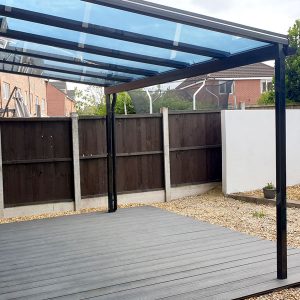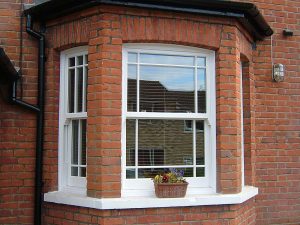Homeowners today often look for ways to enhance their living spaces. Among the many options available, orangeries have gained popularity as stylish and functional additions to homes. But does an orangery count as an extension? The answer depends on several factors, including design, use, and planning regulations. Let’s explore how orangeries compare to traditional extensions and whether you can classify one as an extension.
What Defines an Orangery?
An orangery features distinct architectural characteristics that set it apart from a standard extension. Historically, homeowners built orangeries to house exotic plants, particularly citrus trees. The design of a traditional orangery includes large windows or glass panels, brick pillars, and a flat roof with a central lantern. These elements give the structure a unique look that blends indoor and outdoor spaces.
Orangeries typically include more brickwork than a conservatory but incorporate more glass than a standard extension. They create bright, airy spaces filled with natural light, making them popular as dining rooms, lounges, or garden rooms.
What Defines an Extension?
Home extensions, on the other hand, tend to serve a different purpose. Homeowners build extensions primarily to increase the overall living space. They often blend seamlessly into the existing architecture of the home. Extensions feature solid roofs, brick walls, and matching materials to ensure continuity with the main building. Extensions also tend to have more defined uses, such as additional bedrooms, bathrooms, or expanded kitchens.
Because of their solid, enclosed design, extensions feel like a true expansion of the home’s original layout.
Do Orangeries Qualify as Extensions?
You can consider an orangery an extension in some cases, but the classification depends on a few key factors. If an orangery attaches directly to the home and significantly increases living space, local authorities may treat it as an extension. However, if the structure leans more toward a conservatory, with more glass and an emphasis on garden views, it might not meet the full criteria of a traditional extension.
In the eyes of planning authorities, an orangery often straddles the line between a conservatory and an extension. It provides extra space and connects to the main home, much like an extension, but its design prioritises natural light and glass surfaces, which align more closely with a conservatory. Homeowners often find this overlap works in their favour, offering both aesthetic beauty and practical function.
The Purpose of the Orangery Matters
How you use the orangery also plays a role in whether authorities classify it as an extension. If the space serves as a permanent part of the home, such as a dining room or living area, it may qualify as an extension. However, if you treat it more like a conservatory a seasonal room filled with plants and garden views the classification may differ.
The intended use can affect not only planning permissions but also regulations regarding insulation, energy efficiency, and other building standards.
Conclusion
An orangery can function as an extension, but the final classification depends on several factors, including design, use, and local planning regulations. If you attach the orangery to your home and use it as an everyday living space, authorities may treat it as an extension. However, its emphasis on glass and light often distinguishes it from traditional home expansions. Before moving forward with your project, check local guidelines to ensure you comply with all necessary rules and requirements.












